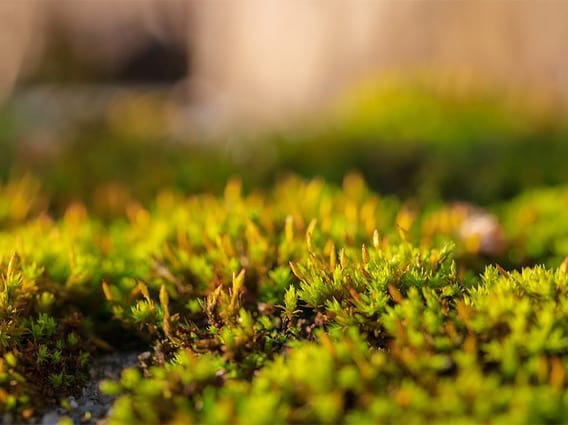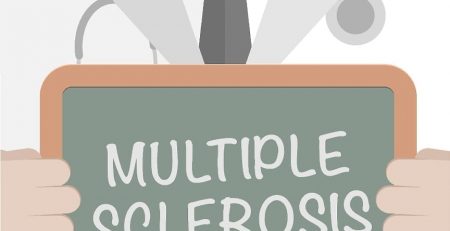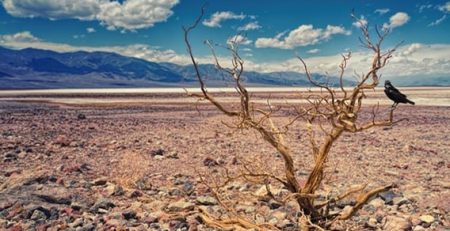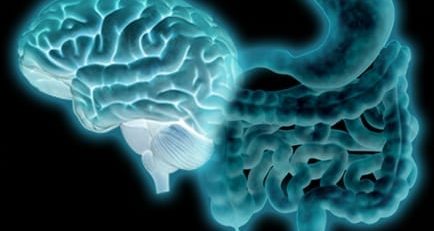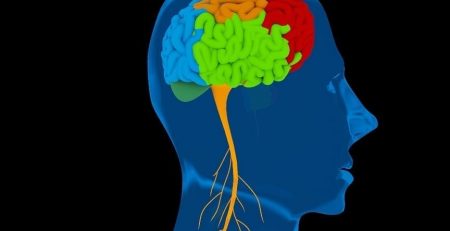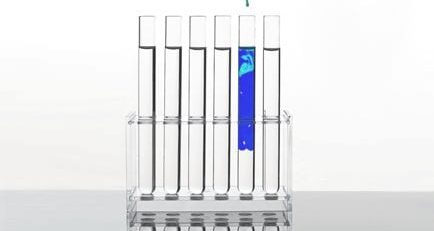Using Plants to Uncover Dead Bodies
Botany as a crime-fighting tool? Professor Neal Stewart of the University of Tennessee believes it’s possible, and could potentially become a more effective way of recovering dead bodies.
“In smaller, open landscapes foot patrols could be effective to find someone missing, but in more forested or treacherous parts of the world like the Amazon, that’s not going to be possible at all,” Stewart said in a statement. “This led us to look into plants as indicators of human decomposition, which could lead to faster, and possibly safer body recovery.”
Utilizing the University’s Forensic Anthropology Center, also known as The Body Farm, where scientists examine the process of human decay under different conditions, Stewart and his co-authors have been examining “cadaver decomposition islands” – the area immediately surrounding human remains – and assessing how the change in the nutrient concentrations of the soil effects nearby plants.
“The most obvious result of the islands would be a large release of nitrogen into the soil, especially in the summertime when decomposition is happening so fast,” Stewart said. “Depending on how quickly the plants respond to the influx of nitrogen, it may cause changes in leaf color and reflectance.”
There are still several hurdles that need to be addressed before this theory becomes a reality. Other large mammals, like deer, may also die in places people go missing, so the metabolites specific to the breakdown of humans need to be identified. Also, how search teams will identify and find the specific fluorescence or reflectance signals that indicate human remains are close by.
Read the full study in Trends in Plant Science.




